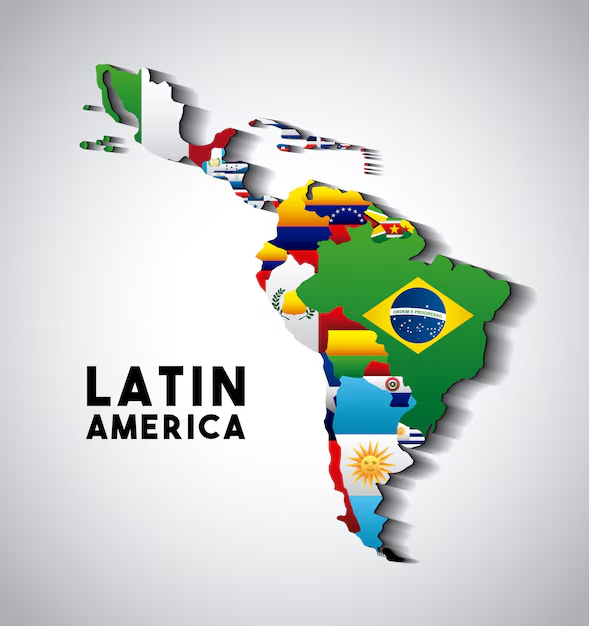Elderly Care and Social Support Systems: Aging Population Challenges in South America

Updated at: 2023-08-27 11:43:06 (1 year ago by Melkisedeck Leon Shine)
Elderly Care and Social Support Systems: Aging Population Challenges in South America
In recent years, South America has experienced a significant increase in its elderly population. With longer life expectancies and declining birth rates, many countries in this region are facing the challenges associated with providing adequate care and support for their aging citizens. This article aims to shed light on the contemporary issues in community and social development in North and South America, specifically focusing on the topic of elderly care and the importance of social support systems.
-
The aging population in South America: The number of elderly individuals in South America has been steadily rising due to advancements in healthcare and improved standards of living. This demographic shift poses unique challenges for communities and governments alike.
-
Healthcare infrastructure: As the number of elderly individuals increases, there is a growing need for accessible and quality healthcare services. It is essential to invest in healthcare infrastructure to ensure that the elderly population receives the care they deserve.
-
Social support systems: Strong social support systems are crucial for elderly individuals to maintain a high quality of life. This includes access to social services, community programs, and support networks to combat isolation and loneliness.
-
Financial security: Many elderly individuals in South America face financial insecurity, which can impact their overall well-being. Governments and communities must work together to develop policies and programs that address this issue and provide financial support for the elderly.
-
Intergenerational relationships: Encouraging intergenerational relationships is essential in fostering a sense of unity and understanding between different age groups. Programs that promote interactions between the elderly and younger generations can have numerous benefits for both sides.
-
Age-friendly communities: Creating age-friendly communities is vital to ensure that the elderly can fully participate and engage in society. This includes accessible infrastructure, transportation options, and recreational activities that cater to the needs of older individuals.
-
Caregiver support: The burden of caregiving often falls on family members, who may struggle to balance their own responsibilities while providing care for their elderly loved ones. Offering support and resources for caregivers is essential to prevent burnout and ensure the well-being of both the elderly and their caregivers.
-
Technology and innovation: Advancements in technology can play a significant role in improving the lives of the elderly population. Innovations such as telemedicine, assistive devices, and smart home technologies can enhance healthcare delivery and promote independent living.
-
Mental health: The elderly are at a higher risk of experiencing mental health issues such as depression and anxiety. Investing in mental health services and raising awareness about the importance of mental well-being is crucial for the overall health of the aging population.
-
Volunteerism and community engagement: Encouraging volunteerism and community engagement can have a positive impact on the lives of the elderly. By involving them in community activities and projects, we can tap into their knowledge and experience while providing them with a sense of purpose and belonging.
-
Government policies: Governments play a critical role in addressing the challenges facing the aging population. Implementing policies that promote elderly care, social support systems, and financial security should be a priority for policymakers in North and South America.
-
Cross-cultural learning: North and South America can learn from each other's experiences and best practices in elderly care and social support systems. Sharing knowledge and collaborating on solutions can lead to more effective and comprehensive strategies.
-
Empowerment and education: Empowering individuals to take charge of their own aging process is crucial. Providing education and resources that enable the elderly to make informed decisions about their health, finances, and overall well-being can lead to a more fulfilling and independent life.
-
Strengthening regional cooperation: By promoting unity and collaboration between North and South America, we can tackle the challenges of elderly care and social support systems more effectively. Sharing resources, expertise, and ideas can lead to innovative solutions that benefit both regions.
-
What can you do? As an individual, there are several ways you can contribute to the improvement of elderly care and social support systems. Educate yourself about the challenges facing the aging population, volunteer your time with organizations that support the elderly, and advocate for policies that prioritize their well-being. Together, we can create a society that values and supports its elderly citizens.
In conclusion, addressing the challenges of elderly care and social support systems in South America requires a collective effort from individuals, communities, and governments. By recognizing the unique needs of the aging population and implementing comprehensive strategies, we can ensure that the elderly receive the care, support, and respect they deserve. Let us come together as North and South America to build a brighter future for our aging population. Share this article and join the movement for #ElderlyCareInSA #NorthSouthUnity.




